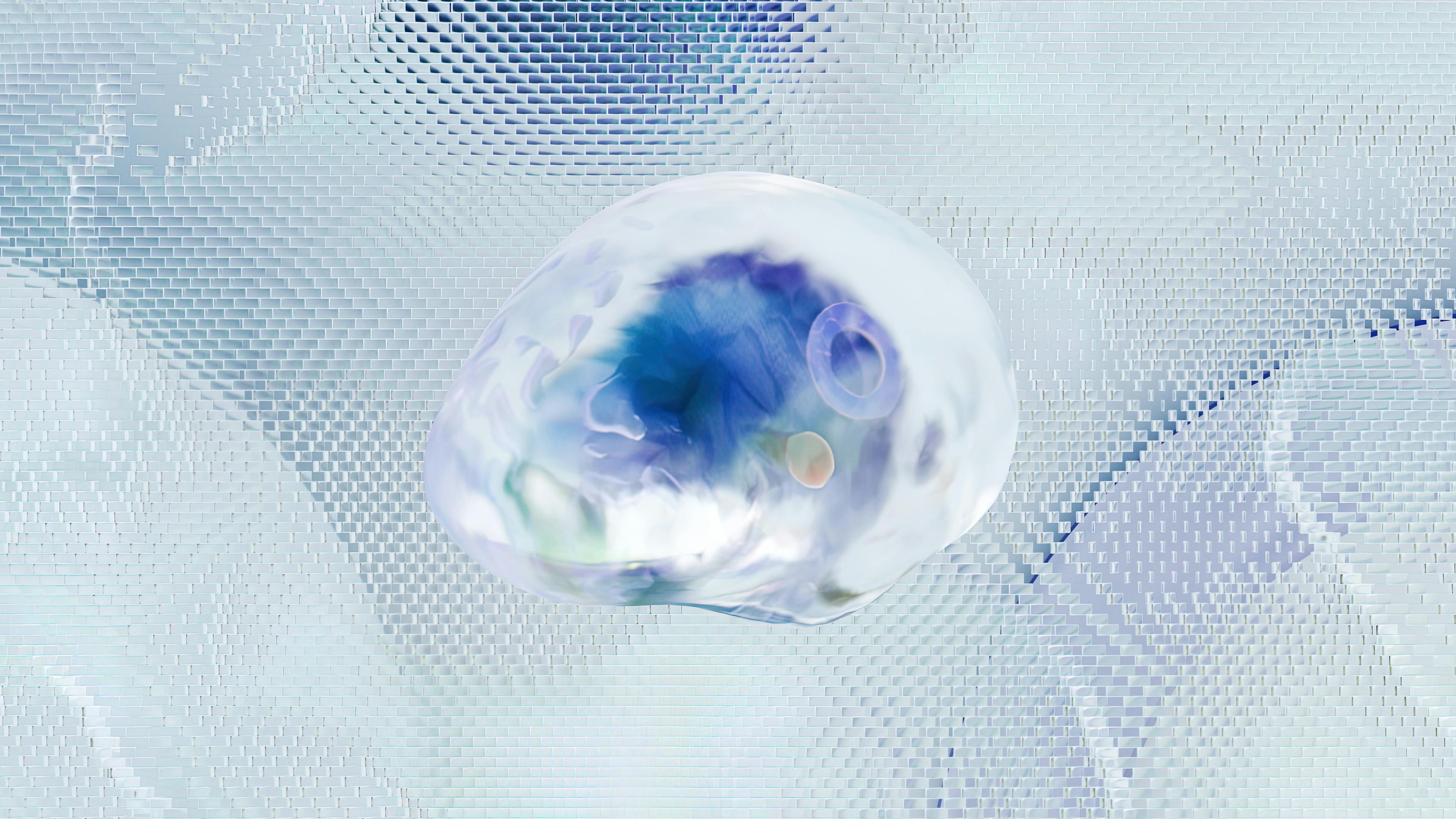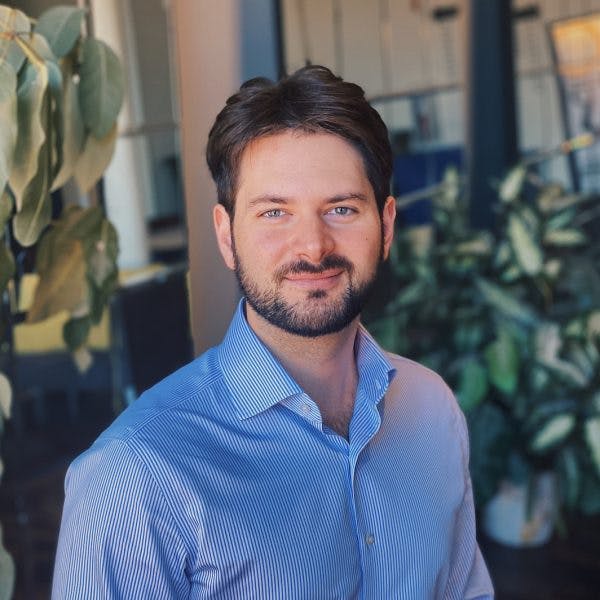Donald Hebb
Pioneer of Neuropsychology
Intro
Donald Olding Hebb was a Canadian psychologist whose groundbreaking research on brain functions helped bridge the fields of psychology and neuroscience. Eventually, he established the field we now know as neuropsychology. He is most well known for his classic 1949 book, "The Organization of Behaviour: a Neuropsychological Theory", where he proposed biological explanations of behaviour and processes relating to the mind; most notably, Hebb’s Rule.1 As one of the most cited researchers of the 20th century 2, Hebb’s work has paved the way for explaining critical processes such as learning and memory through understanding brain functions. Commonly known as the father of neuropsychology, Hebb’s contributions have played a pivotal role in establishing psychology as a biological science, and have left a long-lasting impact on fields that continue to build on his findings today, such as developmental psychology, education, cognitive science, and computer science.
A large brain, like a large government, may not be able to do simple things in a simple way.
– Donald Olding Hebb3
On their shoulders
For millennia, great thinkers and scholars have been working to understand the quirks of the human mind. Today, we’re privileged to put their insights to work, helping organizations to reduce bias and create better outcomes.
Hebb’s Rule- Neurons that fire together, wire together
“As far as he can achieve it, readability is as important for the scientific writer as it is for the novelist.”
- Donald Hebb [3]
Hebb’s Rule, also known as Hebb’s Law or the Theory of Hebbian Learning, is single-handedly Hebb’s most well known contribution to neuropsychology. First introduced in Hebb’s book, “The Organization of Behaviour”, this theory has transformed our understanding of cognitive processes and continues to shape our knowledge of human behaviour today. Hebb’s Rule describes how when a cell persistently activates another nearby cell, the connection between the two cells becomes stronger. Specifically, when Neuron A axon repeatedly activates neuron B’s axon, a growth process occurs that increases how effective neuron A is in activating neuron B. As a result, the connection between those two neurons is strengthened over time. 4
This idea is frequently summarized as “neurons that fire together, wire together”, and can be seen in many aspects of our daily lives. For example, when you repeat something over and over again, such as when learning how to play an instrument, the connections between the activated brain cells are strengthened. Much like the common saying that “practice makes perfect”, these neural connections grow to become faster, stronger, and more efficient over time. This new understanding provided the basis for numerous further scientific discoveries, such as the concept of synaptic plasticity, which describes how synapses (the space between cells where messages are passed along) can change in strength over time, as a result of increases or decreases in activity. 5
“If it isn’t worth doing, it isn’t worth doing well.”
-Donald Hebb [3]
Apart from its significant impact on neuropsychology, Hebb’s theory has been extended to various modern fields of research. By providing a basis to explain how our brain can actually change based on the level of activity, this has enabled modern researchers to better understand key processes in developmental psychology and education, such as how we are able to learn, form memories, and develop habits. For instance, modern developmental psychology research has built upon the concept of synaptic plasticity, by studying how the brain develops and is shaped by early childhood experiences, in order to identify key developmental periods for learning. The discovery of Hebb’s rule has vital applications as well in the field of computer science, where the biological processes of neural networks have been modelled and applied to the field of artificial intelligence.1 Hebbian learning is the foundation of many neural network models, which simulate the way human brains are able to process information and analyze data11. Neural network models, such as Artificial Neural Networks, are a core component of artificial intelligence, a rapidly growing field with widespread applications such as fraud detection, image recognition, and virtual assistants. 12 Through these widespread applications in various fields, Hebb’s findings have left significant influence and continue to pave the way for advancements in science and technology every day.
Historical Background
Donald Hebb was born in 1904 in Nova Scotia, Canada.1 The oldest child of two medical doctors, Hebb was homeschooled until the age of 8 and was an avid reader at a young age.6 After graduating from Halifax County Academy at age 16, he studied English at Dalhousie University with the aim of becoming a novelist, and worked a variety of jobs after graduating, including as a teacher at his former school, on a farm, and as a labourer. 6 He first stepped into the discipline of psychology as a part-time graduate student at McGill University, while simultaneously working as a school principal. 1 At McGill, Hebb was supervised by the Russian physiologist Boris Babkin, and he wrote his thesis on the function of brain cells in human reflexes and inhibitions. 6
After feeling increasingly limited by both his career and the research direction at McGill University, Hebb decided to follow his interests in physiology by pursuing a PhD at the University of Chicago under leading physiological psychologist Karl Lashley, who had previously worked closely with John B. Watson, the infamous founder of behaviourism. Lashley then moved to Harvard University, where Hebb followed him to and obtained his PhD from in 1936.1 During his time at Harvard, Hebb conducted research on perception and learning in animals, which was where his interest in neurobiological processes and neural networks began to flourish.
“Psychology and Philosophy were divorced some time ago but, like other divorced couples, they still have problems in common”
- Donald Hebb in his book, Essays on Mind.
Following his doctoral studies, Hebb was appointed to a postdoctoral fellowship at the Montreal Neurological Institute (MNI) in 1937, studying the psychological effects of brain surgery with neurosurgeon Wilder Penfield.4 During his time at the MNI, Hebb created psychological tests to assess the effects of removing different parts of the brain, and demonstrated the role of the right temporal lobe in perception, and the frontal lobe in early learning.6 Hebb then moved to Queen’s University, where he served as a professor for 3 years. At Queen’s, Hebb developed intelligence tests for humans and animals, which led him to the idea that one’s environment actually played a larger role in intelligence than what was previously believed. 4 This idea has led to further developments in fields such as education, where Hebb’s ideas contributed to the formation of the Head Start program, an early childhood program in the United States for children of poor socioeconomic backgrounds.6
In 1942, Hebb moved to Florida to work with Karl Lashley once again, at the Yerkes National Primate Center. It was during this time where Hebb wrote “The Organization of Behaviour”, demonstrating how human behaviour can be explained by our brain functions.6 By writing this book, Hebb had the goal of creating a common ground between psychologists, neurologists and physiologists, in order to explain human behaviour objectively, and establish psychology as a scientific discipline. 1 The theories and findings presented in this book left a permanent legacy, and many of Hebb’s ideas have been further developed into concepts that are widely used today in psychology, neuroscience, and computer science, such as Hebbian Learning, Long Term Potentiation, and Cell Assembly.4
“What Hebb did really, was to take the old association of ideas and theories, and instead of having them in some sort of mental black box or in a mental world which was quite divorced from the physical world, he put it into the brain, which allowed people to think of good experiments that they could do to see what the relationship between the brain and behaviour was.”
- Dr. Peter Milner, Professor Emeritus of Psychology, McGill University [8]
After publishing The Organization of Behaviour, Hebb returned to McGill University where he served in numerous roles including psychology professor, department chair, Vice-dean for biological sciences, chancellor, and emeritus professor.7 Despite his vast academic accolades, including serving as the President of both the Canadian and American Psychological Associations, Hebb maintained a deep passion for teaching, demonstrated by his continued desire to teach the introductory psychology course at McGill University. 8 Over his extensive teaching career, Hebb taught and supervised numerous students who would go on to likewise leave lasting impacts on the discipline of psychology, such as Peter Milner, James Olds, Brenda Milner, Mortimer Mishkin, Doreen Kimura and more. 6
Hebb retired from McGill University in 1972, and returned to his hometown in Nova Scotia, where he completed his last book, Essay on Mind. On top of his lasting academic legacy, Hebb’s legacy also remains on through the Candian Psychological Association's Donald O. Hebb Award, awarded annually to someone who has made significant contributions to promoting the discipline of psychology as a science.9 In 2003, Hebb was posthumously inducted into the Canadian Medical Hall of Fame in recognition of his lasting legacy in the field of neuropsychology, and in honour of the remarkable contributions he made over the course of his life.1
Published Works
“Much of Psychology today, uses Hebb’s ideas and Hebb’s research without really knowing it’s sort of a great grandfather to many current psychologists. Some of the ideas he developed are still used today with modern approaches. Many people in the 30’s and 40’s thought it was a waste of time studying the brain because it was difficult and Hebb showed, first by theory and second by experiment, how you might study the brain from different approaches. Hebb changed the way we see the brain and behaviour.”
-Dr. Richard Brown, Professor of Dalhousie University [10]
Hebb is most well-known for his classic 1949 work, “The Organization of Behavior: a Neuropsychological Theory”, but Hebb in fact wrote over 50 scholarly articles throughout his academic career.7 Some of these papers were not published, but a large selection of his works are available to read online. For example, Hebb’s Master’s thesis from McGill University, titled the “Conditioned and Unconditioned Reflexes and Inhibition”, explores synapse functions as they relate to reflexes and inhibition, drawing on the ideas of Sherrington and Pavlov.
In 1959, Hebb also published a "A textbook of psychology", which aimed to present psychological concepts to introductory students. With his previous aspiration to become a novelist as an undergraduate student, combined with his desire to redefine psychology as a biological science, Hebb wrote this textbook as a resource for anyone who wanted to learn more about psychology, in particular drawing focus on concepts related to biological psychology.
Hebb’s final book, Essay on Mind, was published in 1980 after Hebb’s retirement from McGill University. His final work and a sequel to the Organization of Behaviour, this book presents a summary of Hebb’s ideas on the biological processes and functions of the mind, applying a biological perspective and understanding towards concepts relating to the human mind.
References
- Ferguson, S. (n.d.). Donald Olding Hebb. Canadian Association for Neuroscience. https://can-acn.org/donald-olding-hebb/
- Haggbloom, Steven J.; Warnick, Renee; Warnick, Jason E.; Jones, Vinessa K.; Yarbrough, Gary L.; Russell, Tenea M.; Borecky, Chris M.; McGahhey, Reagan; et al. (2002). The 100 most eminent psychologists of the 20th century. Review of General Psychology. 6 (2): 139–152. doi:10.1037/1089-2680.6.2.139. S2CID 145668721. https://www.apa.org/monitor/julaug02/eminent
- Donald O. Hebb quotes. The Cite Site. https://thecitesite.com/authors/donald-o-hebb/
- Klein, R. (2011). Donald Olding Hebb. Scholarpedia. http://www.scholarpedia.org/article/Donald_Olding_Hebb
- Abraham, W.C., Jones, O.D. & Glanzman, D.L. (2019). Is plasticity of synapses the mechanism of long-term memory storage?. npj Sci. Learn. 4, 9 https://doi.org/10.1038/s41539-019-0048-y
- Brown, Richard & Milner, Peter. (2004). The legacy of Donald O. Hebb: More than the Hebb Synapse. Nature reviews. Neuroscience. 4. 1013-9. 10.1038/nrn1257. https://www.researchgate.net/publication/8954072_The_legacy_of_Donald_O_Hebb_More_than_the_Hebb_Synapse
- Chudasama, Y.; Milner, P (2008). About D. O. Hebb. McGill University. https://www.mcgill.ca/psychology/events-colloquia-0/hebb-lecture-series/about-do-hebb
- Donald O. Hebb, PhD. Candian Medical Hall of Fame. https://www.cdnmedhall.org/inductees/donaldhebb
- CPA Award Descriptions and Past Recipients. Canadian Psychological Association. https://cpa.ca/aboutcpa/cpaawards/awarddescriptions/
- The Discovery Centre. (2011). Dr. Donald Hebb - Nova Scotia’s Science Hall of Fame 2011 [Video]. YouTube. https://www.youtube.com/watch?v=CNnT-ikZICo
- Chen, J. (2020). Neural Network. Investopedia. https://www.investopedia.com/terms/n/neuralnetwork.asp
- Frankenfield, J. (2020). Artificial Neural Network (ANN). Investopedia. . https://www.investopedia.com/terms/a/artificial-neural-networks-ann.asp
About the Authors
Dan Pilat
Dan is a Co-Founder and Managing Director at The Decision Lab. He is a bestselling author of Intention - a book he wrote with Wiley on the mindful application of behavioral science in organizations. Dan has a background in organizational decision making, with a BComm in Decision & Information Systems from McGill University. He has worked on enterprise-level behavioral architecture at TD Securities and BMO Capital Markets, where he advised management on the implementation of systems processing billions of dollars per week. Driven by an appetite for the latest in technology, Dan created a course on business intelligence and lectured at McGill University, and has applied behavioral science to topics such as augmented and virtual reality.
Dr. Sekoul Krastev
Sekoul is a Co-Founder and Managing Director at The Decision Lab. He is a bestselling author of Intention - a book he wrote with Wiley on the mindful application of behavioral science in organizations. A decision scientist with a PhD in Decision Neuroscience from McGill University, Sekoul's work has been featured in peer-reviewed journals and has been presented at conferences around the world. Sekoul previously advised management on innovation and engagement strategy at The Boston Consulting Group as well as on online media strategy at Google. He has a deep interest in the applications of behavioral science to new technology and has published on these topics in places such as the Huffington Post and Strategy & Business.






